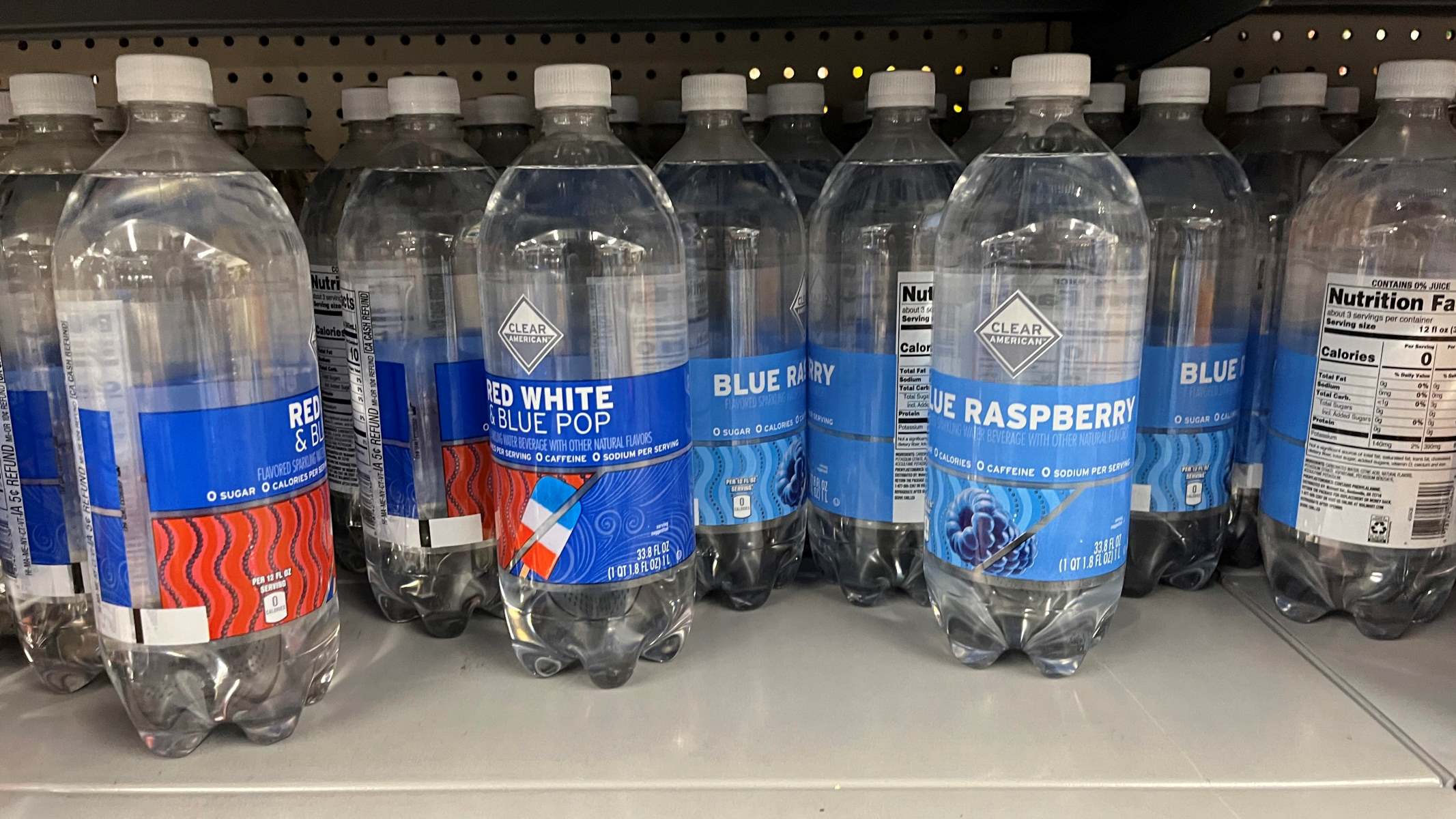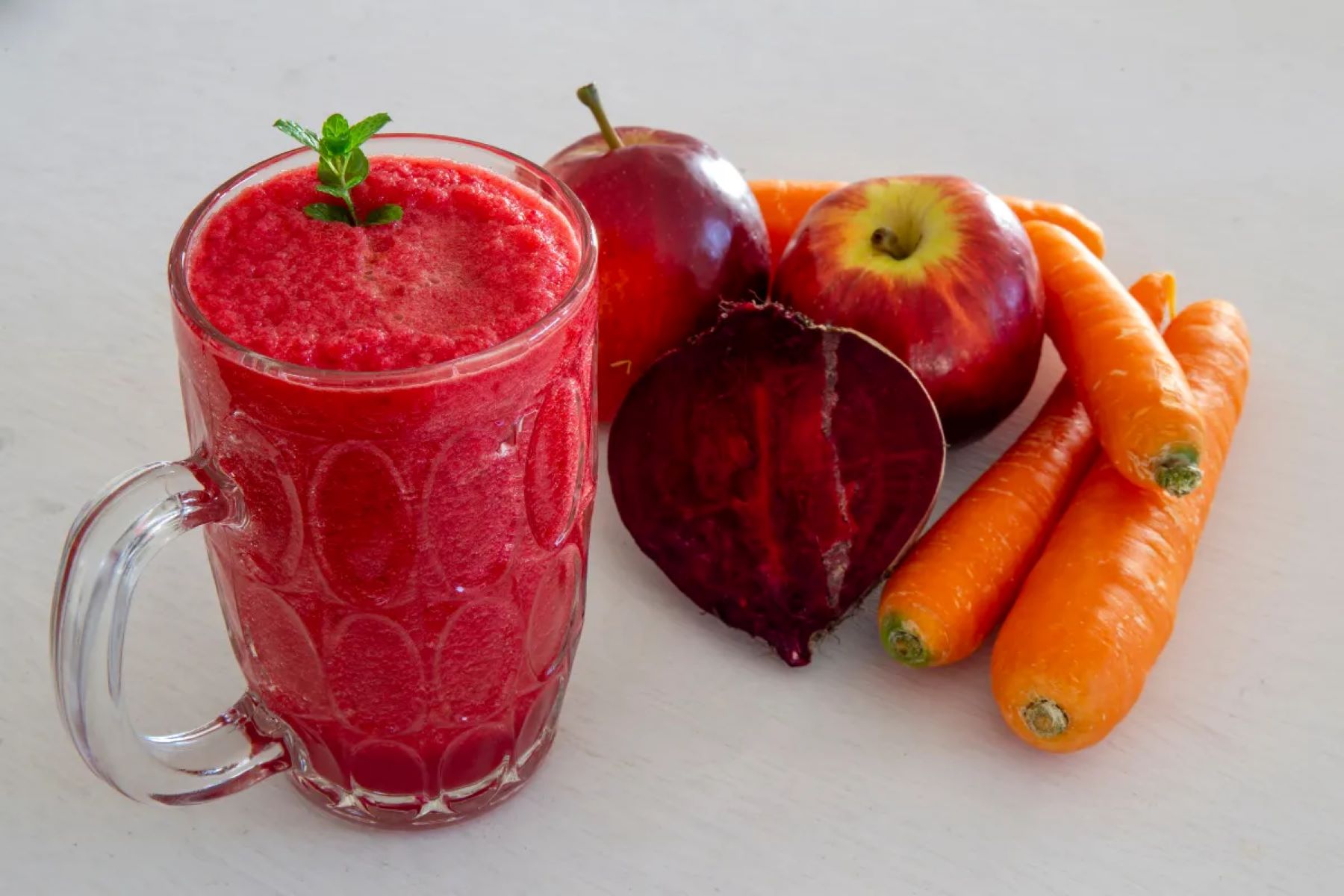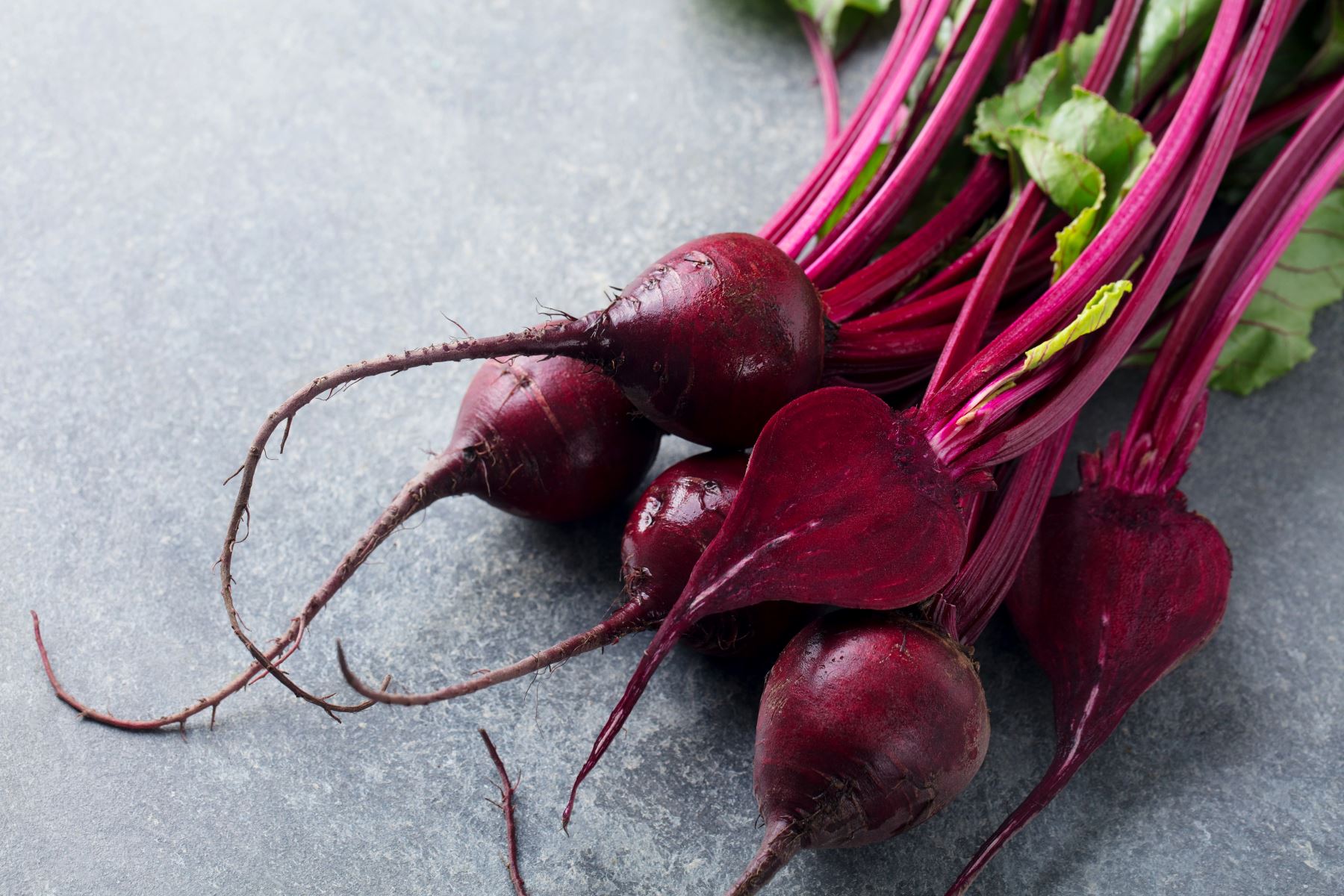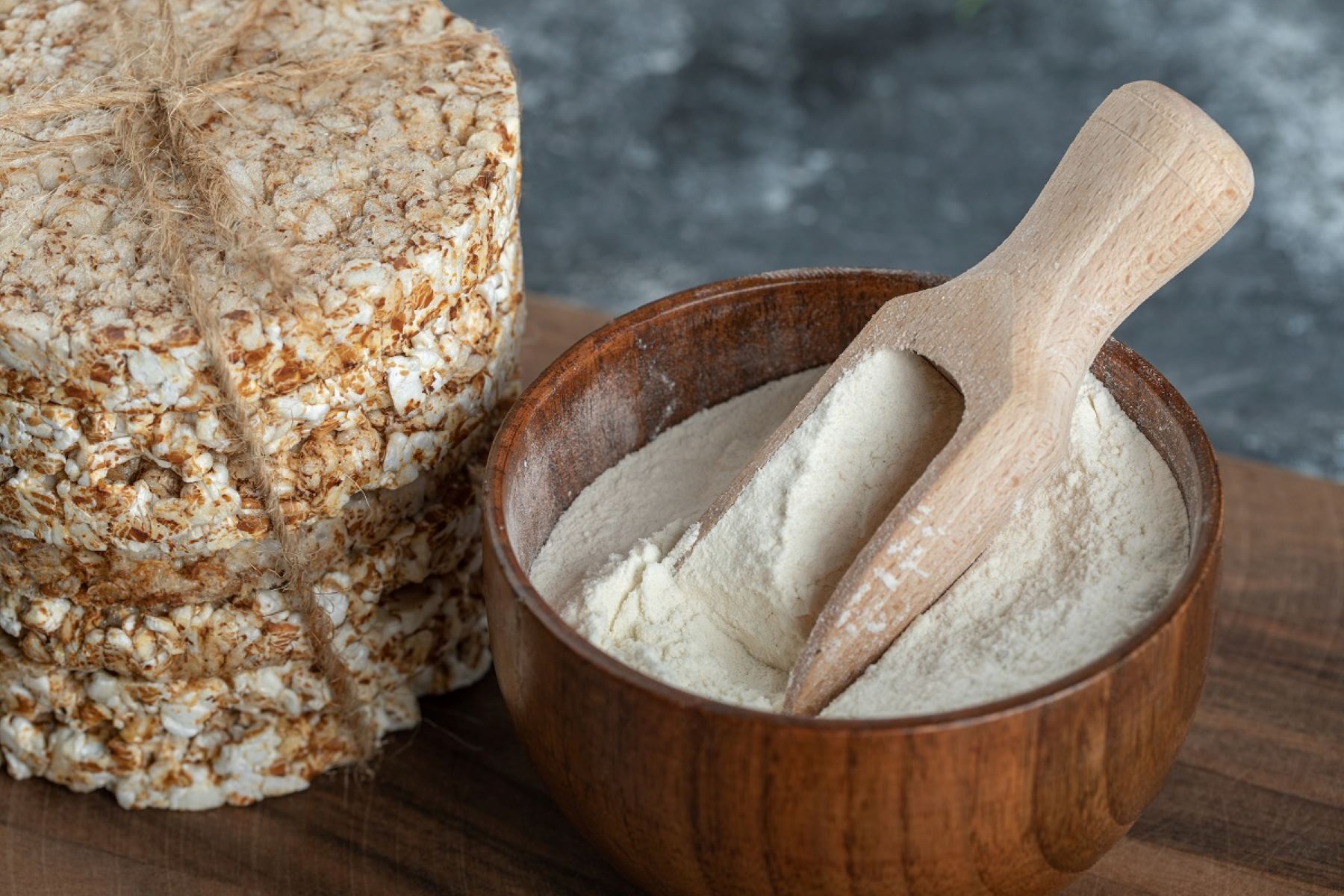Home>Health and Wellness>The Health Benefits Of Himalayan Pink Rock And Celtic Grey Sea Salts Compared To Regular Table/Sea Salts
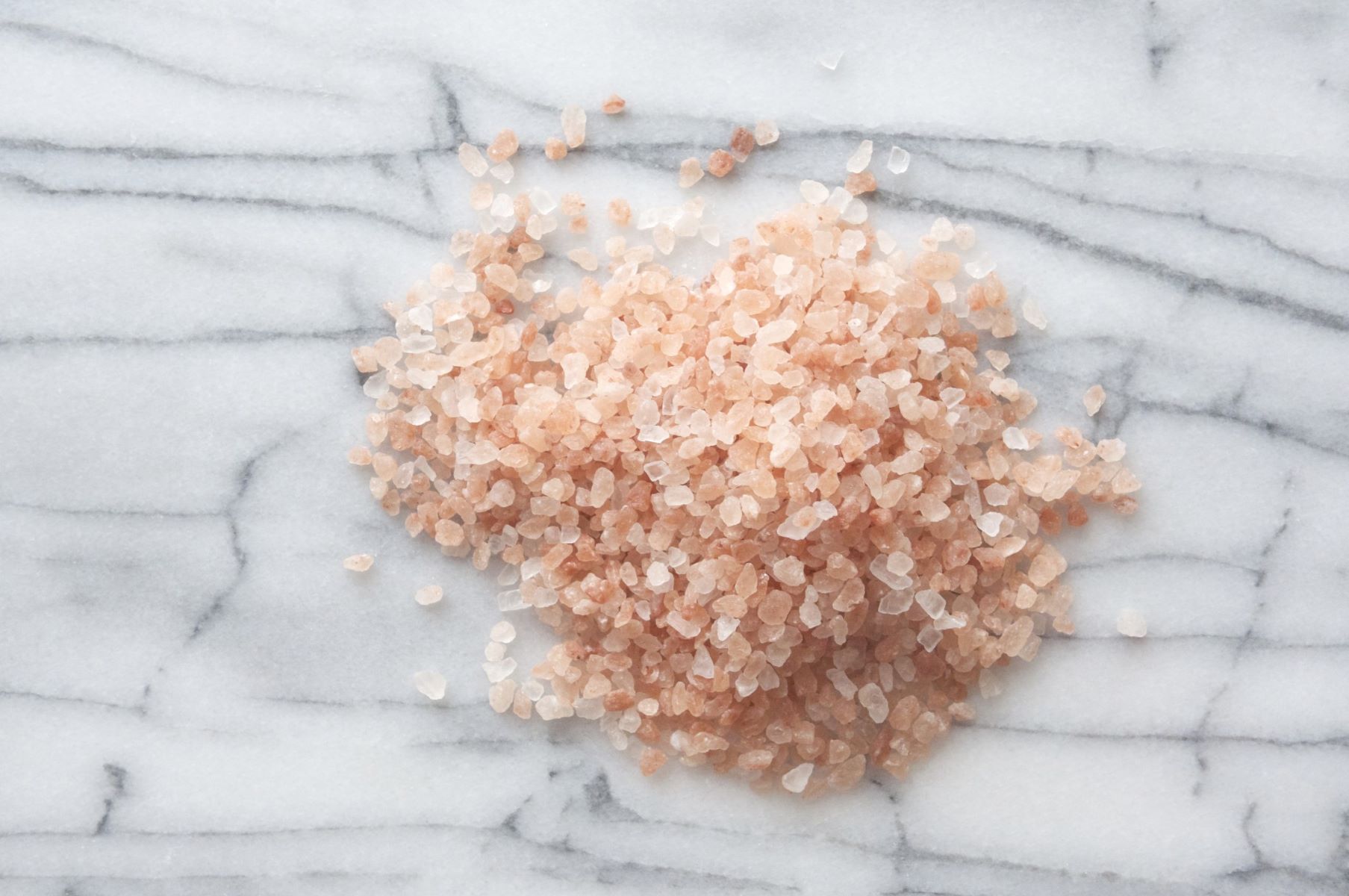

Health and Wellness
The Health Benefits Of Himalayan Pink Rock And Celtic Grey Sea Salts Compared To Regular Table/Sea Salts
Published: February 21, 2024
Discover the health benefits of Himalayan Pink Rock and Celtic Grey Sea salts compared to regular table/sea salts. Enhance your health and wellness with these natural alternatives.
(Many of the links in this article redirect to a specific reviewed product. Your purchase of these products through affiliate links helps to generate commission for Regretless.com, at no extra cost. Learn more)
Table of Contents
Introduction
Salt is a fundamental ingredient in cooking, but not all salts are created equal. In recent years, Himalayan pink rock salt and Celtic grey sea salt have gained popularity for their perceived health benefits and unique mineral composition. These specialty salts are often touted as healthier alternatives to regular table salt and sea salt due to their rich mineral content and potential health-promoting properties.
In this article, we will explore the nutritional content and health benefits of Himalayan pink rock salt and Celtic grey sea salt, comparing them to regular table and sea salts. By delving into the unique characteristics of these salts, we aim to provide a comprehensive understanding of their potential impact on health and wellness. Whether you are a seasoned chef, a health-conscious individual, or simply curious about the different types of salt available, this exploration will shed light on the distinct qualities of these specialty salts and their potential role in promoting overall well-being.
Read more: Discover The Surprising Health Benefits Of Himalayan Pink Rock And Celtic Grey Sea Salts!
What are Himalayan Pink Rock and Celtic Grey Sea Salts?
Himalayan pink rock salt, also known as Himalayan pink salt, is a natural salt harvested from the ancient salt deposits in the Himalayan mountain range. It is revered for its distinctive pink hue, which is attributed to its rich mineral content, particularly iron oxide. This salt is believed to have formed millions of years ago, untouched by modern-day pollutants, resulting in a pure and unadulterated mineral composition.
Celtic grey sea salt, on the other hand, is harvested from the coastal regions of France. It is hand-harvested using traditional methods that date back centuries, emphasizing a deep connection to the sea and its natural rhythms. The salt is typically sun-dried and retains its natural grey color, which is indicative of its mineral-rich profile.
Both Himalayan pink rock salt and Celtic grey sea salt are considered unrefined salts, meaning they undergo minimal processing, retaining their natural mineral content. This sets them apart from regular table salt, which is heavily processed and often stripped of beneficial minerals during production.
These specialty salts are celebrated for their unique flavors and textures, adding depth and complexity to culinary creations. Their distinct mineral profiles contribute to their nuanced tastes, making them prized ingredients in gourmet cooking and culinary exploration.
In essence, Himalayan pink rock salt and Celtic grey sea salt represent a departure from conventional table salt, offering a glimpse into the ancient origins of salt harvesting and the preservation of natural mineral wealth. Their distinct characteristics and rich mineral content set them apart as sought-after alternatives for those seeking to elevate their culinary experiences while potentially reaping the benefits of essential minerals in their diets.
Nutritional Content of Himalayan Pink Rock and Celtic Grey Sea Salts
Himalayan pink rock salt and Celtic grey sea salt are renowned for their rich mineral content, which sets them apart from conventional table salt. These specialty salts are prized for their potential to provide essential minerals that may be lacking in modern diets. Let's delve into the nutritional profiles of these salts to gain a deeper understanding of their mineral composition and potential health benefits.
Himalayan Pink Rock Salt
Himalayan pink rock salt is celebrated for its diverse mineral content, which includes essential trace elements such as calcium, potassium, magnesium, and iron. These minerals contribute to the salt's distinctive pink hue and are believed to offer a range of potential health benefits. The presence of iron oxide, in particular, gives the salt its characteristic color and may provide a source of dietary iron, which is essential for the production of hemoglobin and overall oxygen transport in the body.
Additionally, Himalayan pink rock salt contains potassium, a vital mineral that plays a crucial role in maintaining healthy blood pressure and supporting proper muscle and nerve function. The presence of magnesium in this salt is also noteworthy, as magnesium is involved in numerous biochemical reactions in the body, contributing to energy production, muscle function, and bone health.
Celtic Grey Sea Salt
Celtic grey sea salt boasts a mineral-rich profile derived from the pristine coastal waters off the shores of France. This unrefined salt contains essential minerals such as calcium, potassium, magnesium, and trace elements like zinc and manganese. These minerals are believed to contribute to the salt's unique flavor and potential health-promoting properties.
Calcium, a mineral vital for bone health and muscle function, is present in Celtic grey sea salt, offering a natural source of this essential nutrient. Potassium, another key mineral found in this salt, plays a crucial role in maintaining electrolyte balance and supporting cardiovascular health. Additionally, the presence of magnesium in Celtic grey sea salt underscores its potential to contribute to overall well-being, as magnesium is involved in a myriad of physiological processes, including nerve function and energy metabolism.
A Rich Source of Essential Minerals
Both Himalayan pink rock salt and Celtic grey sea salt serve as natural sources of essential minerals, offering a potential means of supplementing the diet with trace elements that are integral to overall health and wellness. The diverse mineral content of these specialty salts distinguishes them from refined table salt, which often undergoes processing that strips away beneficial minerals.
Incorporating Himalayan pink rock salt and Celtic grey sea salt into culinary endeavors may not only enhance the flavor and texture of dishes but also provide a natural source of essential minerals that are often lacking in modern diets. By embracing these mineral-rich salts, individuals can potentially elevate their culinary experiences while introducing valuable nutrients into their daily meals.
In summary, the nutritional content of Himalayan pink rock salt and Celtic grey sea salt underscores their potential to offer essential minerals that may contribute to overall well-being. These specialty salts stand as natural sources of vital nutrients, presenting an opportunity to infuse culinary creations with the benefits of diverse minerals, adding depth and nutritional value to everyday meals.
Health Benefits of Himalayan Pink Rock and Celtic Grey Sea Salts
Himalayan pink rock salt and Celtic grey sea salt are revered for their potential health benefits, attributed to their rich mineral content and unrefined nature. These specialty salts have garnered attention for their perceived advantages over conventional table salt, offering a range of potential health-promoting properties.
Potential Mineral Supplementation
One of the primary health benefits associated with Himalayan pink rock salt and Celtic grey sea salt is their potential to supplement the diet with essential minerals. These unrefined salts boast diverse mineral profiles, encompassing vital elements such as calcium, potassium, magnesium, and trace minerals like iron and zinc. By incorporating these mineral-rich salts into culinary preparations, individuals may introduce valuable nutrients into their diets, addressing potential mineral deficiencies and supporting overall well-being.
Electrolyte Balance and Hydration
The mineral composition of Himalayan pink rock salt and Celtic grey sea salt includes electrolytes such as sodium, potassium, and magnesium, which play pivotal roles in maintaining proper hydration and electrolyte balance in the body. Electrolytes are essential for regulating fluid levels, supporting nerve function, and facilitating muscle contractions. By opting for these specialty salts, individuals may potentially enhance their electrolyte intake, promoting optimal hydration and supporting various physiological processes.
Potential Trace Element Benefits
In addition to essential minerals, Himalayan pink rock salt and Celtic grey sea salt contain trace elements that are believed to offer potential health benefits. For instance, the presence of iron in Himalayan pink rock salt may provide a natural source of dietary iron, which is crucial for oxygen transport and overall energy production in the body. Similarly, the inclusion of trace minerals like zinc and manganese in Celtic grey sea salt underscores the potential for these salts to contribute to overall nutritional diversity and potential health support.
Reduced Sodium Intake
While sodium is an essential mineral, excessive sodium intake has been linked to adverse health effects, particularly concerning cardiovascular health. Himalayan pink rock salt and Celtic grey sea salt are often perceived as offering a more nuanced and balanced saltiness compared to regular table salt, potentially allowing individuals to achieve their desired flavor profile with less salt. This characteristic may present an opportunity for individuals to moderate their sodium intake while still enjoying the savory enhancement that salt provides to culinary creations.
Culinary Exploration and Flavor Enhancement
Beyond their potential health benefits, Himalayan pink rock salt and Celtic grey sea salt offer an opportunity for culinary exploration and flavor enhancement. The unique mineral profiles of these salts contribute to their nuanced flavors and textures, adding depth and complexity to dishes. By embracing these specialty salts, individuals can elevate their culinary experiences while potentially reaping the benefits of their rich mineral content.
In summary, Himalayan pink rock salt and Celtic grey sea salt present a compelling case for their potential health benefits, ranging from mineral supplementation and electrolyte support to reduced sodium intake and culinary enrichment. These specialty salts offer a holistic approach to salt consumption, intertwining potential health advantages with the sensory delight of diverse mineral flavors, ultimately contributing to a more nuanced and potentially health-supportive culinary journey.
Comparison to Regular Table/Sea Salts
When comparing Himalayan pink rock salt and Celtic grey sea salt to regular table and sea salts, several distinctive factors come to light, encompassing mineral composition, processing methods, and potential health implications.
Mineral Composition
Regular table salt is typically heavily processed, resulting in the removal of beneficial minerals and the addition of anti-caking agents. In contrast, Himalayan pink rock salt and Celtic grey sea salt are unrefined, retaining their natural mineral content. This distinction is significant, as the mineral profiles of Himalayan pink rock salt and Celtic grey sea salt encompass essential trace elements such as calcium, potassium, magnesium, and iron, which are often lacking in refined table salt. The presence of these minerals in the specialty salts contributes to their nuanced flavors and potential health benefits, setting them apart from the comparatively stripped-down nature of regular table salt.
Processing Methods
The processing methods employed in the production of regular table salt involve refining and bleaching, which can strip away valuable minerals and introduce additives. In contrast, Himalayan pink rock salt is harvested from ancient salt deposits and undergoes minimal processing, while Celtic grey sea salt is hand-harvested using traditional methods, emphasizing a deep connection to the sea and its natural rhythms. These traditional harvesting practices preserve the natural mineral wealth of the salts, offering a more wholesome alternative to the heavily processed nature of regular table salt.
Potential Health Implications
The mineral-rich nature of Himalayan pink rock salt and Celtic grey sea salt presents potential health implications that distinguish them from regular table salt. The diverse mineral content of the specialty salts offers a means of supplementing the diet with essential nutrients, potentially addressing mineral deficiencies that may arise from consuming refined table salt. Additionally, the nuanced flavors and potential health benefits associated with the specialty salts may encourage individuals to moderate their salt intake while still enjoying the sensory delight and potential health support offered by these mineral-rich alternatives.
In essence, the comparison of Himalayan pink rock salt and Celtic grey sea salt to regular table and sea salts underscores the unique mineral composition, traditional processing methods, and potential health implications of the specialty salts. This exploration sheds light on the potential benefits of embracing unrefined, mineral-rich salts in culinary endeavors and daily dietary practices, offering a more holistic approach to salt consumption and potential health support.
Conclusion
In conclusion, the exploration of Himalayan pink rock salt and Celtic grey sea salt reveals a captivating narrative of ancient origins, rich mineral wealth, and potential health benefits. These specialty salts, celebrated for their unrefined nature and diverse mineral content, offer a compelling alternative to regular table salt and sea salt, presenting a holistic approach to salt consumption and potential health support.
The nutritional content of Himalayan pink rock salt and Celtic grey sea salt underscores their potential to provide essential minerals that are often lacking in modern diets. From calcium and potassium to magnesium and trace elements, these salts serve as natural sources of vital nutrients, offering a means of supplementing the diet with valuable minerals that contribute to overall well-being.
Furthermore, the potential health benefits associated with Himalayan pink rock salt and Celtic grey sea salt extend beyond mineral supplementation. These specialty salts may support electrolyte balance, hydration, and potential trace element benefits, offering a nuanced and potentially health-supportive approach to salt consumption. Additionally, their nuanced flavors and potential to moderate sodium intake present an opportunity for culinary exploration and flavor enhancement, enriching the sensory experience of culinary creations while potentially reaping the benefits of their rich mineral content.
When compared to regular table and sea salts, the distinctive mineral composition, traditional processing methods, and potential health implications of Himalayan pink rock salt and Celtic grey sea salt come to light, emphasizing the unique qualities of these specialty salts. The unrefined nature of Himalayan pink rock salt and Celtic grey sea salt, coupled with their rich mineral content, sets them apart as sought-after alternatives that intertwine potential health advantages with the sensory delight of diverse mineral flavors.
In essence, the journey through the world of Himalayan pink rock salt and Celtic grey sea salt unveils a tapestry of culinary richness and potential health support, inviting individuals to embrace the ancient origins and mineral wealth of these specialty salts. Whether used in gourmet cooking or everyday culinary endeavors, these salts offer a gateway to a more nuanced and potentially health-supportive approach to salt consumption, enriching the culinary landscape and potentially contributing to overall well-being.

